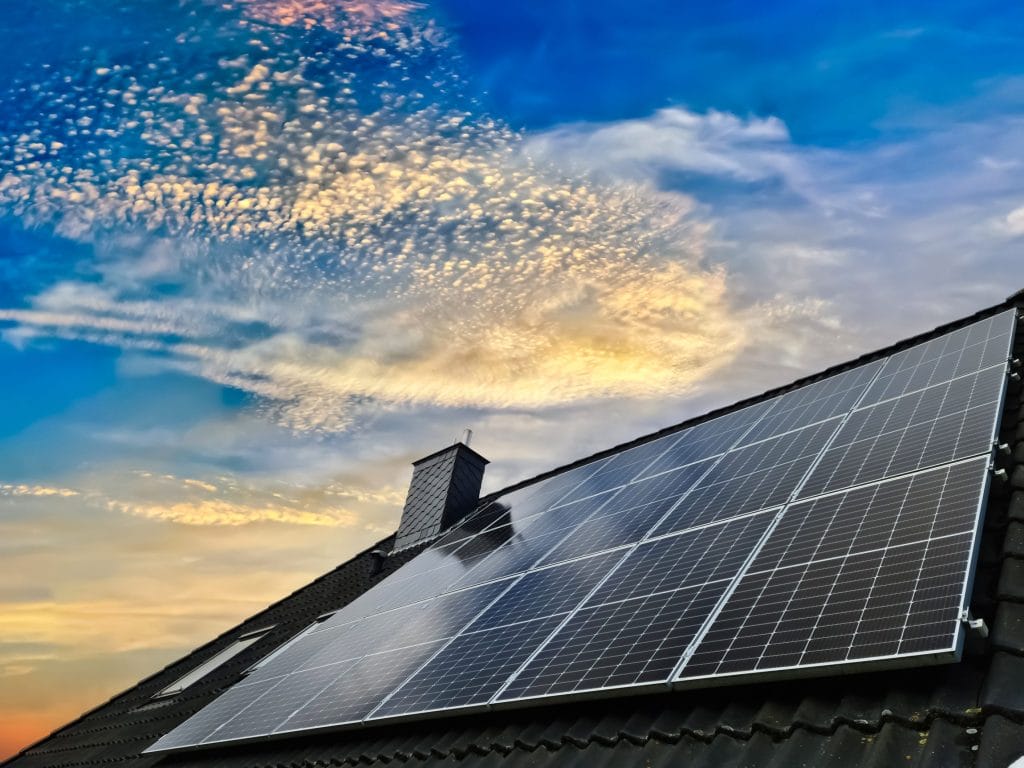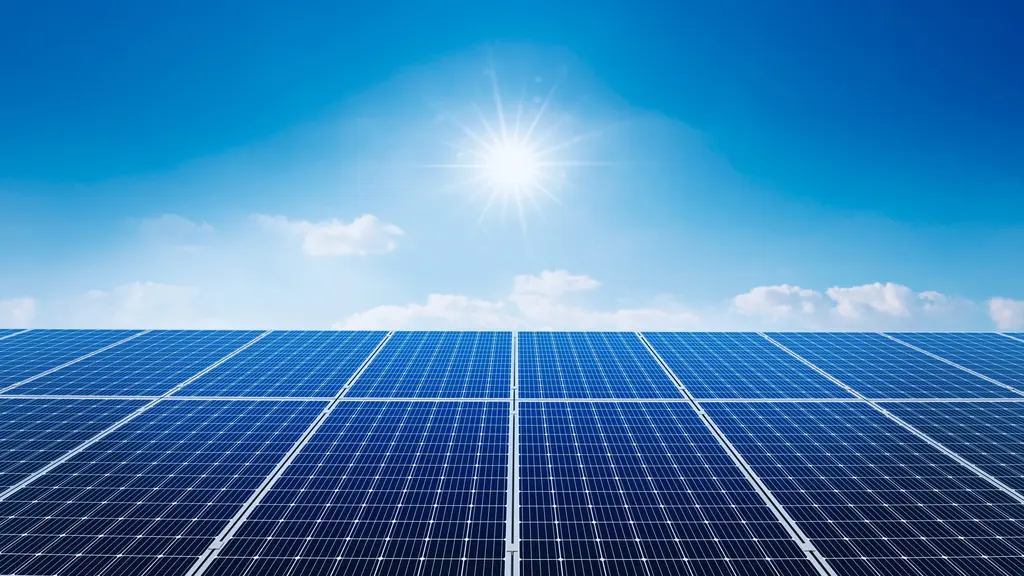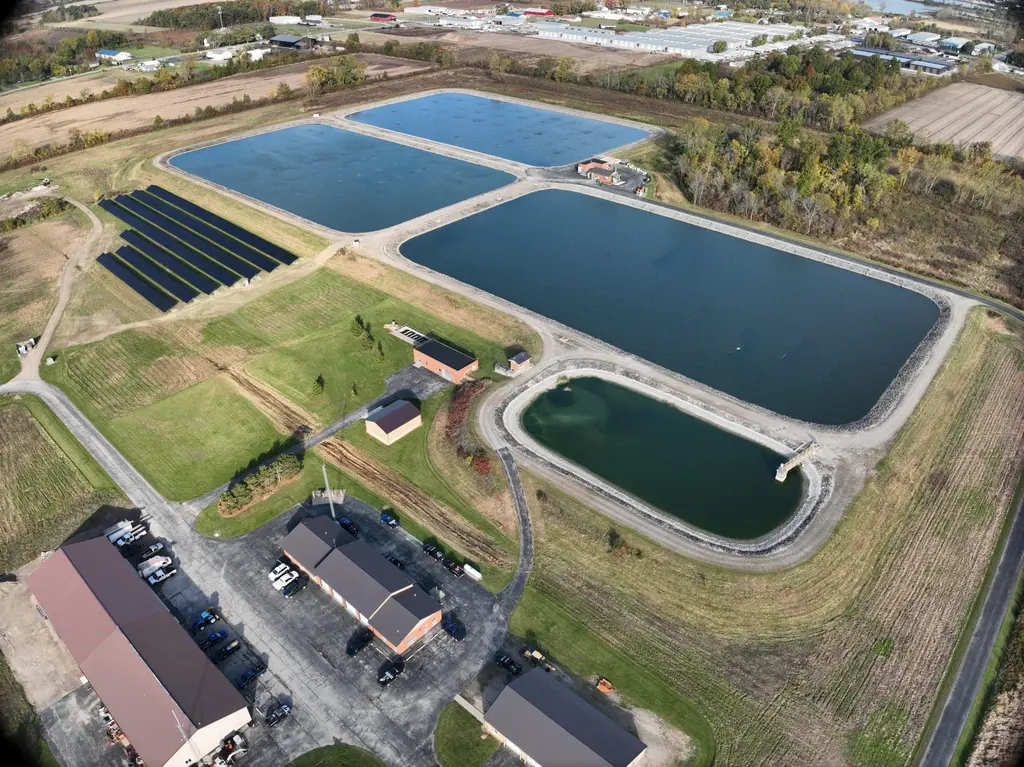Re-posted excerpt from The Accountancy Journal
By Kenton D. Swift, CPA, Ph.D.
The 30% federal tax credit available to homeowners and businesses to install solar energy systems was recently expanded and extended [in 2010]. A dollar-amount cap was removed from the credit for residential solar water heating systems, and the availability of the credit for all systems was extended through the end of 2016. Many state and local governments also offer incentives. The cost of solar components has been dropping, and electricity prices will likely go up. Taken together, these developments make installing a solar electric or solar water heating system much more appealing than in the past.
RESIDENTIAL SYSTEMS
The residential energy efficient property (REEP) credit in IRC § 25D applies to expenditures for solar water heating and solar electric systems installed in a residence in the U.S. that is used by the taxpayer (not necessarily as a principal residence). Taxpayers who own solar in condominiums or are shareholders in a housing cooperative are eligible for their proportionate share of credits resulting from solar energy installations by the condominium management association or cooperative.
The REEP credit is available in the year in which the use of the solar energy system begins. The credit is nonrefundable, but any unused portion can be carried forward. For tax years beginning after 2009, it can be applied against the alternative minimum tax. Allowable expenditures for purposes of the credit include the costs of the system, piping and wiring to connect the system to the home, plus labor related to preparation, assembly and installation. Expenditures for solar energy systems increase the basis of the taxpayer’s property, but the property’s basis must be decreased by the amount of the credit allowed.
BUSINESS SYSTEMS
Nonresidential installations can qualify for a business energy credit under IRC § 48 as part of the investment tax credit. Qualifying property includes that which uses solar energy to generate electricity, to heat or cool a structure, or to illuminate the inside of a structure using fiber-optic distributed sunlight.
Because of the difficult economic times, Congress was concerned that a nonrefundable credit might not create enough incentive for businesses to install alternative energy systems in the near term. Therefore, Congress in the ARRA authorized grants in lieu of the business energy credit for energy property placed in service in 2009 and 2010, or placed in service after 2010 if construction begins on the project before 2011 and is completed by Dec. 31, 2016. Additional information about this program and applications are available at treasury.gov/recovery.
OTHER INCENTIVES
Some states, local governments and utility companies also offer incentives. Other incentives that may be available include:
Property tax exemptions. Most states provide that the added value of a renewable energy system is excluded from the valuation of the property for taxation purposes. For example, Montana exempts the first $20,000 of investments in residential solar energy from property taxes for 10 years following installation.
State income tax credits and deductions. These may be available for both personal and corporate returns. Arizona, for instance, provides a 10% tax credit on the installation of solar energy systems in nonresidential buildings. The credit is limited to a total of $25,000 for any one building in the same year, and $50,000 of total credits in any year.
State sales and use tax exemptions. For example, New York exempts the sale and installation of residential solar energy systems from the state’s sales and use taxes. The law also permits local governments to grant an exemption from local sales taxes.
Rebates. States, local governments and utilities may offer rebates to promote the installation of renewable energy systems and energy-efficiency measures. The majority of rebate programs that support renewable energy are administered by states, municipal utilities and electric cooperatives. CPS Energy in Texas, for instance, offers a $3-per-watt-produced rebate for installation of solar electric systems. It is important to keep in mind that any rebates received by the taxpayer reduce the cost of the system and, therefore, the size of any federal or state income tax credits.
Low-interest solar financing. Low- or zero-interest loans for energy-efficiency projects are offered by electric utilities and state and local governments, commonly for both residential and business installations. The U.S. Department of Energy’s Database of State Incentives for Renewables & Efficiency (DSIRE) also covers local incentives and provides a comprehensive listing at dsireusa.org.
WILL A SOLAR SYSTEM PAY FOR ITSELF?
To determine return on investment (ROI) of a solar energy system, besides the savings available from incentives, the owner must also know a system’s cost, the length of its useful life and the current and likely future cost of conventional energy the system will replace. Besides generating their own electricity, owners of solar electric systems can in many cases sell their excess power back to the electrical utility, which offsets their cost of having to purchase power when the sun isn’t shining. This is called net metering. The Energy Information Administration (www.eia.doe.gov) provides statistics on the average retail price of electricity around the U.S. For a solar electric system, additional factors include the system’s electrical output and average daily hours of sunlight at its planned location. A spreadsheet incorporating these variables is available for download here. They indicate that for an average-size solar electric system receiving an average of five hours of sunlight a day, the ROI ranges from 1.34% to 6.67%, depending on future increases in the cost of power and the useful life of the system.
For average sunlight in cities across the U.S. and other information, see tinyurl.com/crsghf.
By Kenton D. Swift, CPA, Ph.D., associate professor of accounting at The University of Montana in Missoula.










